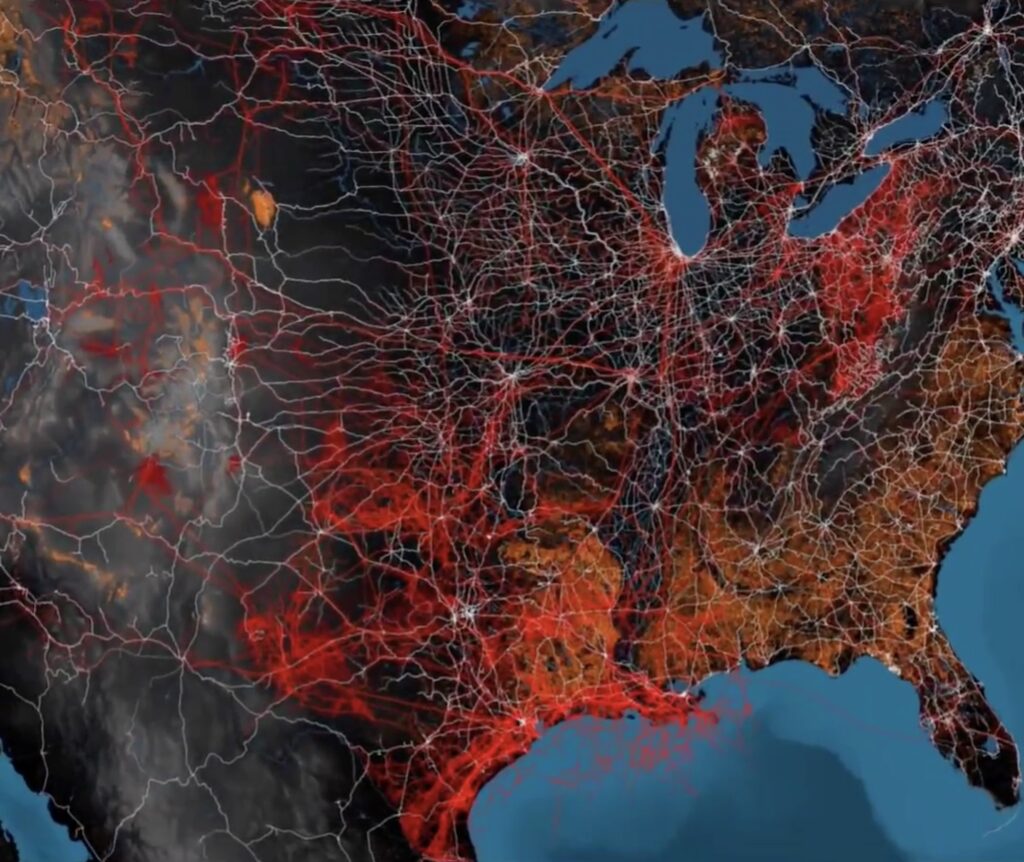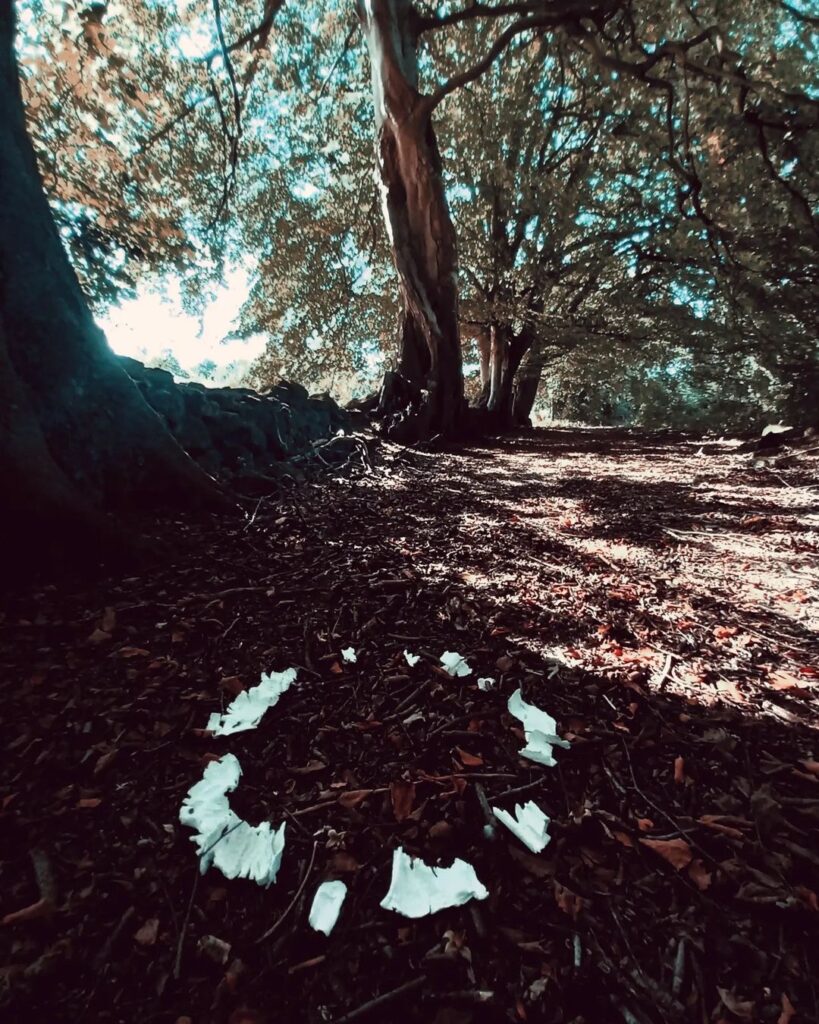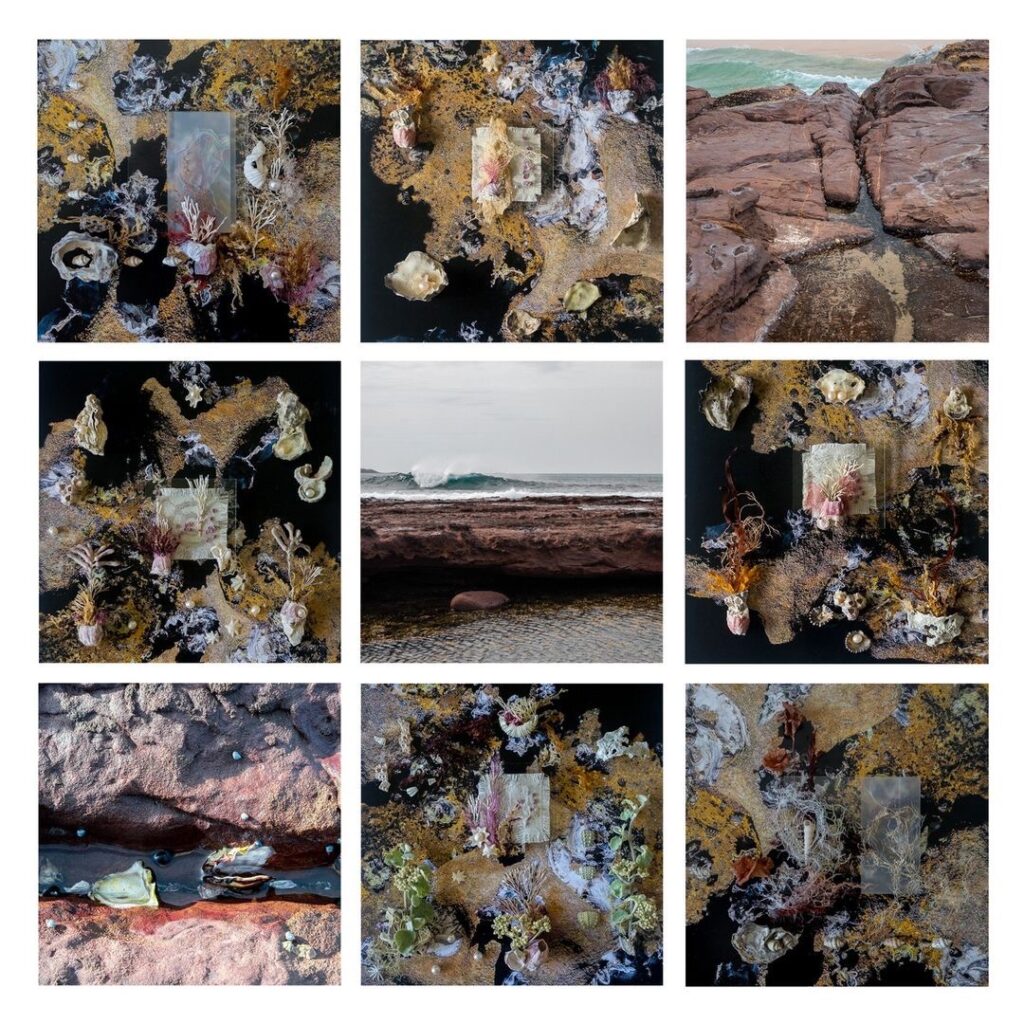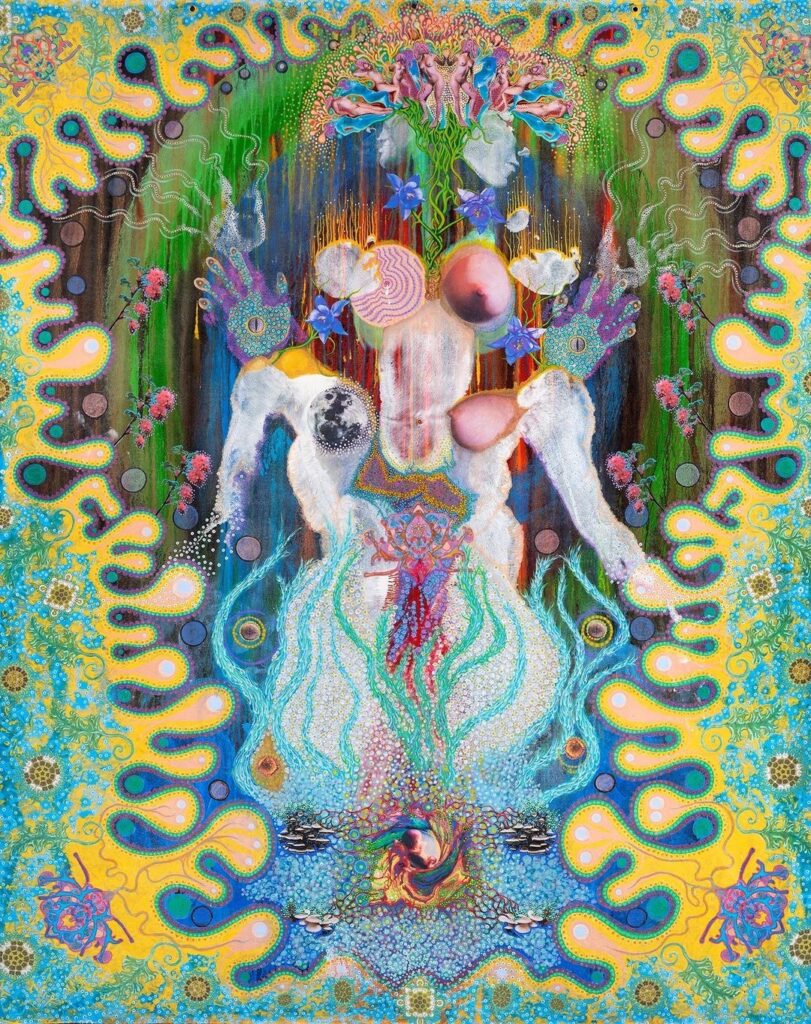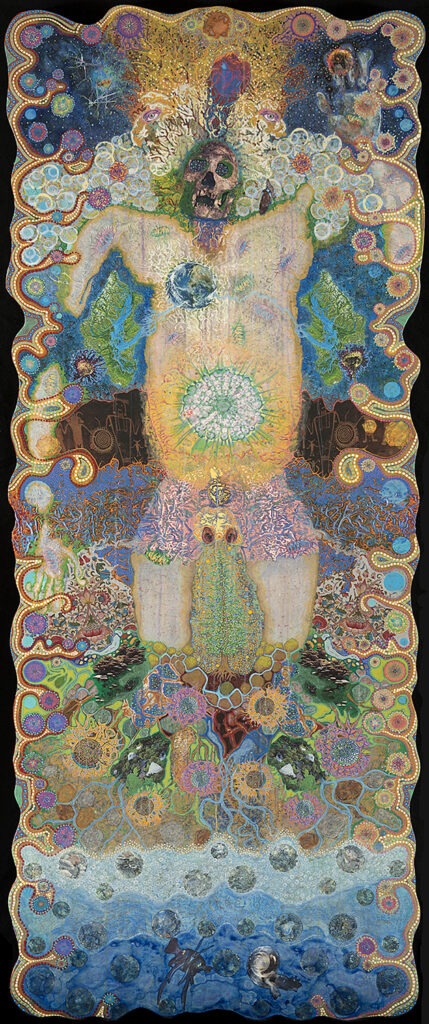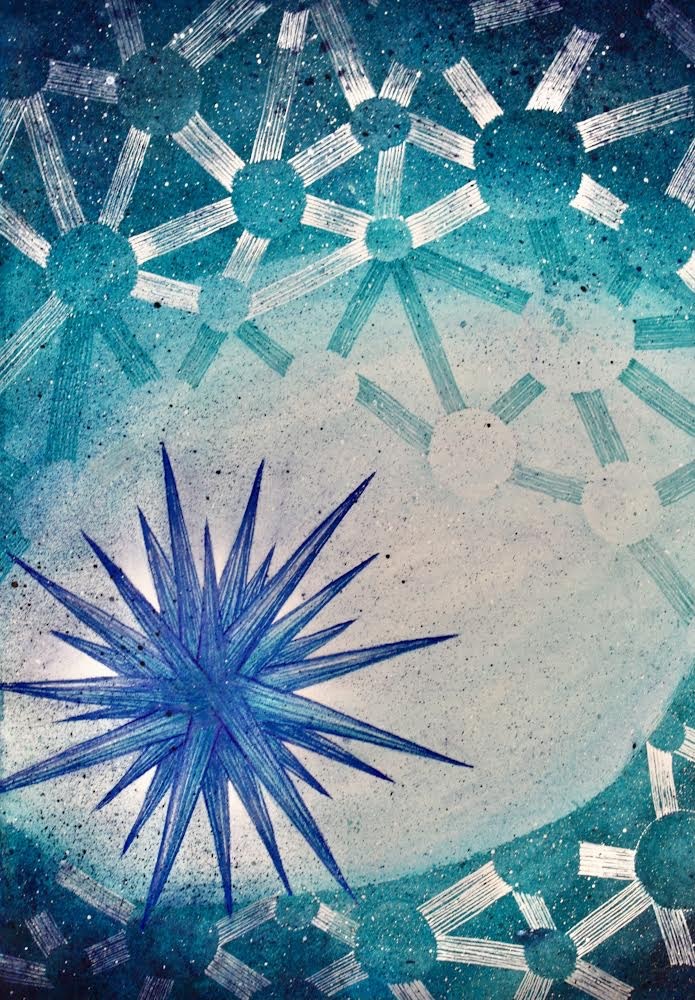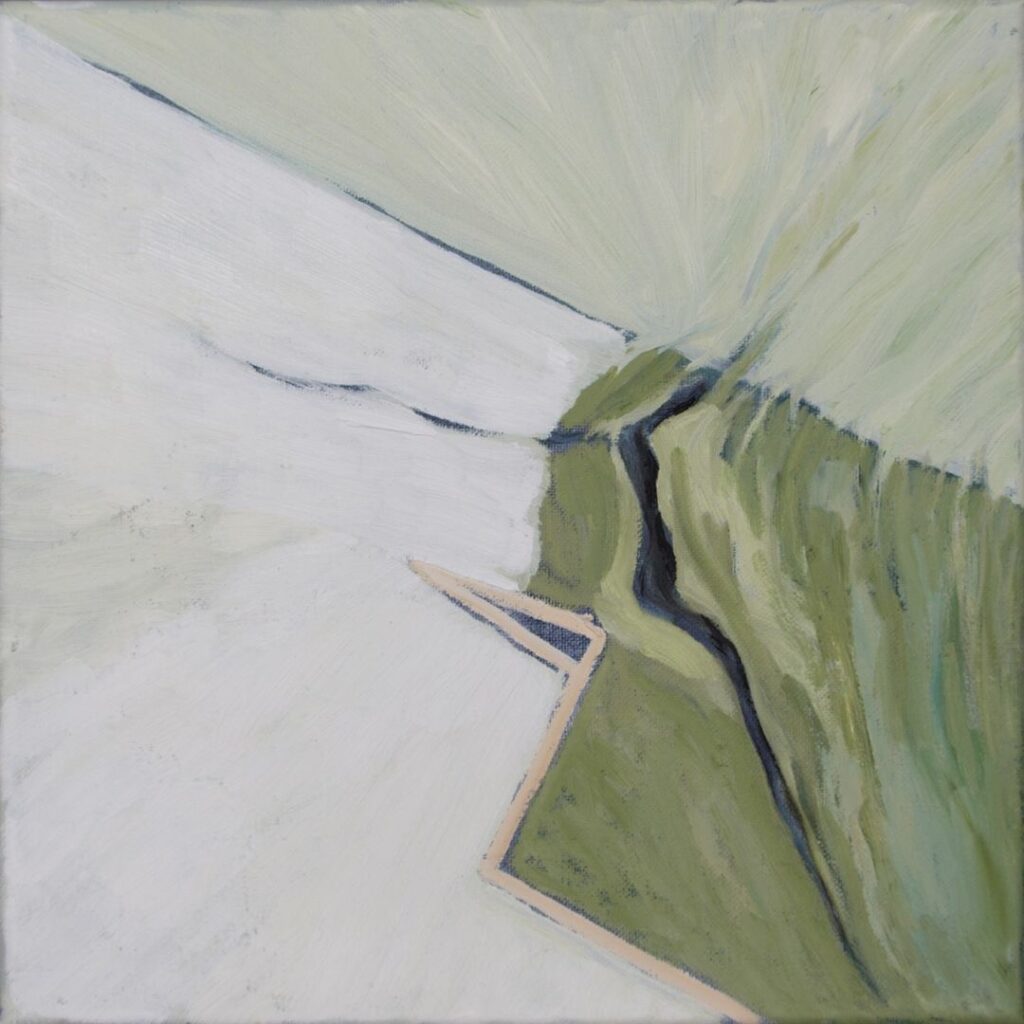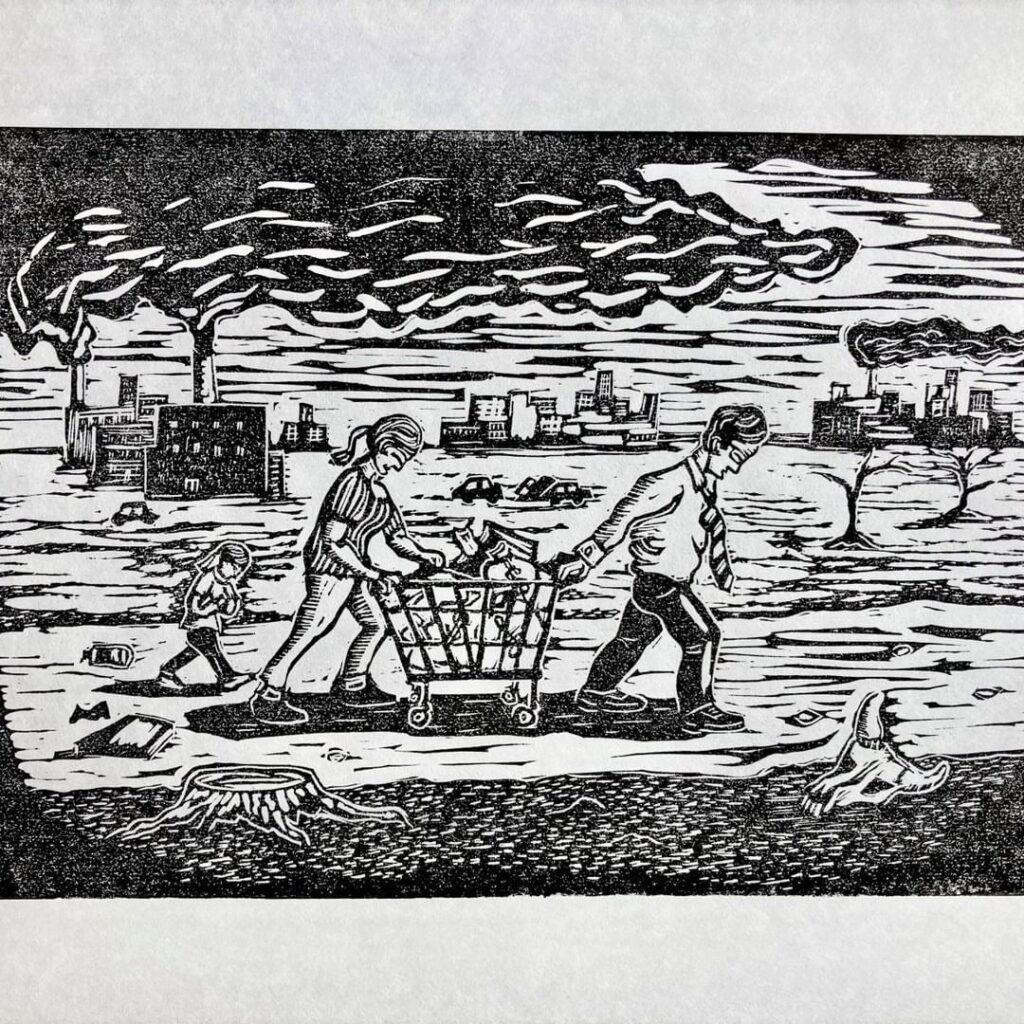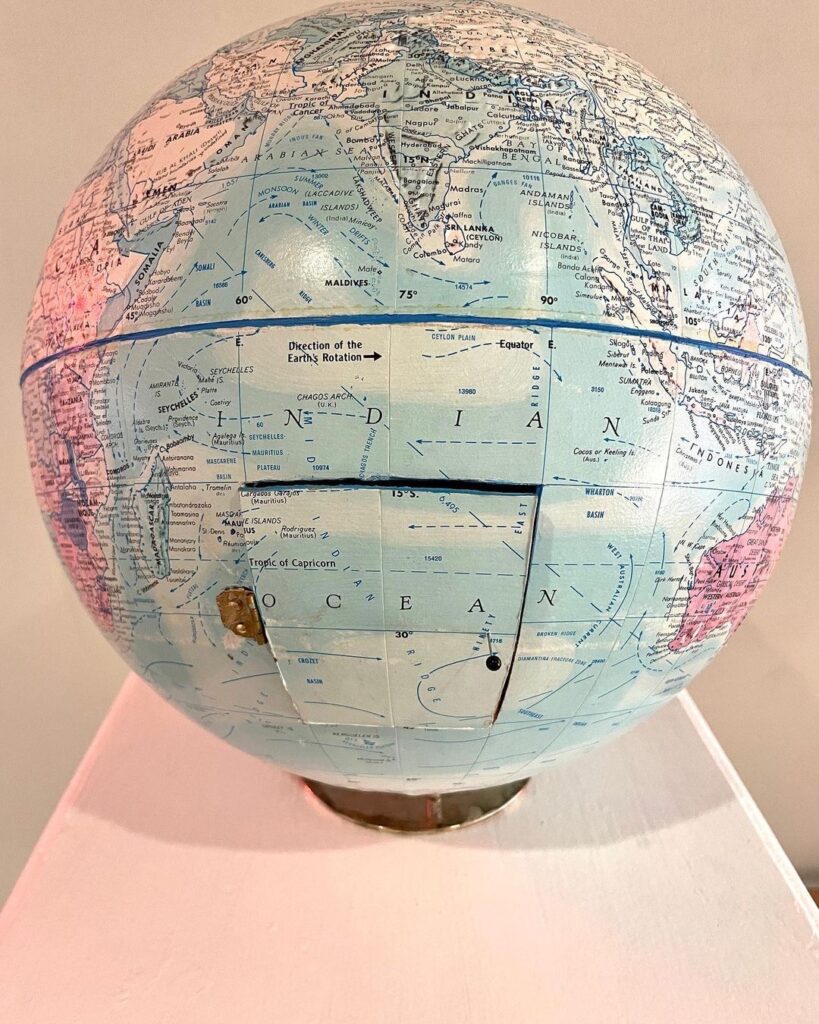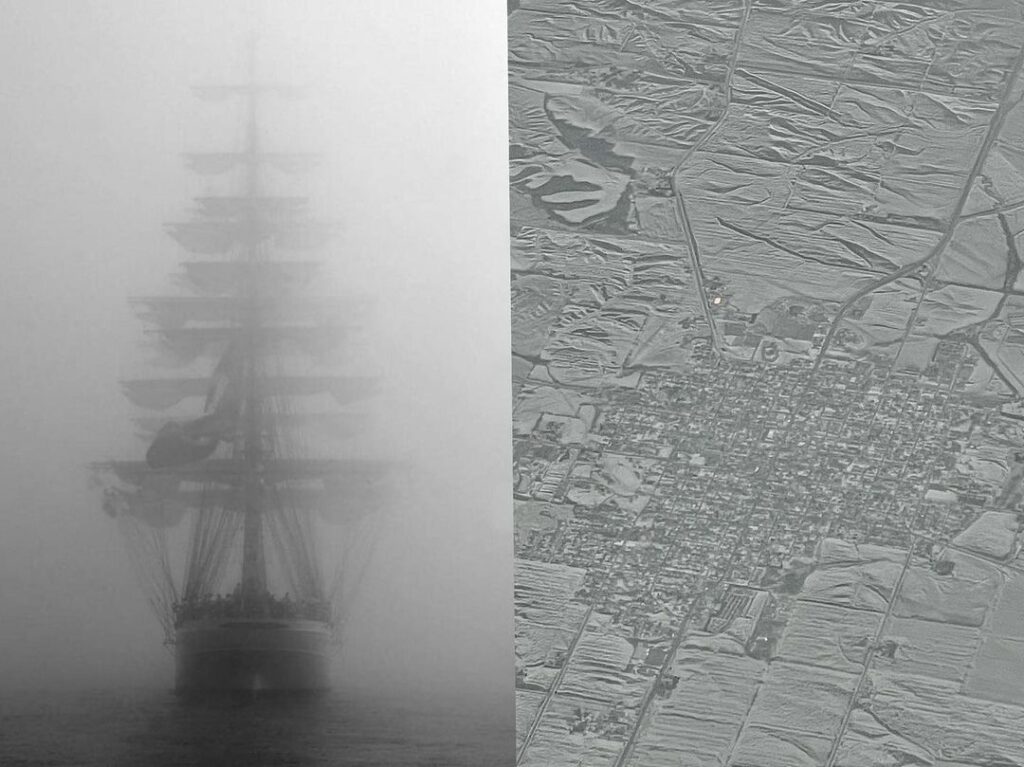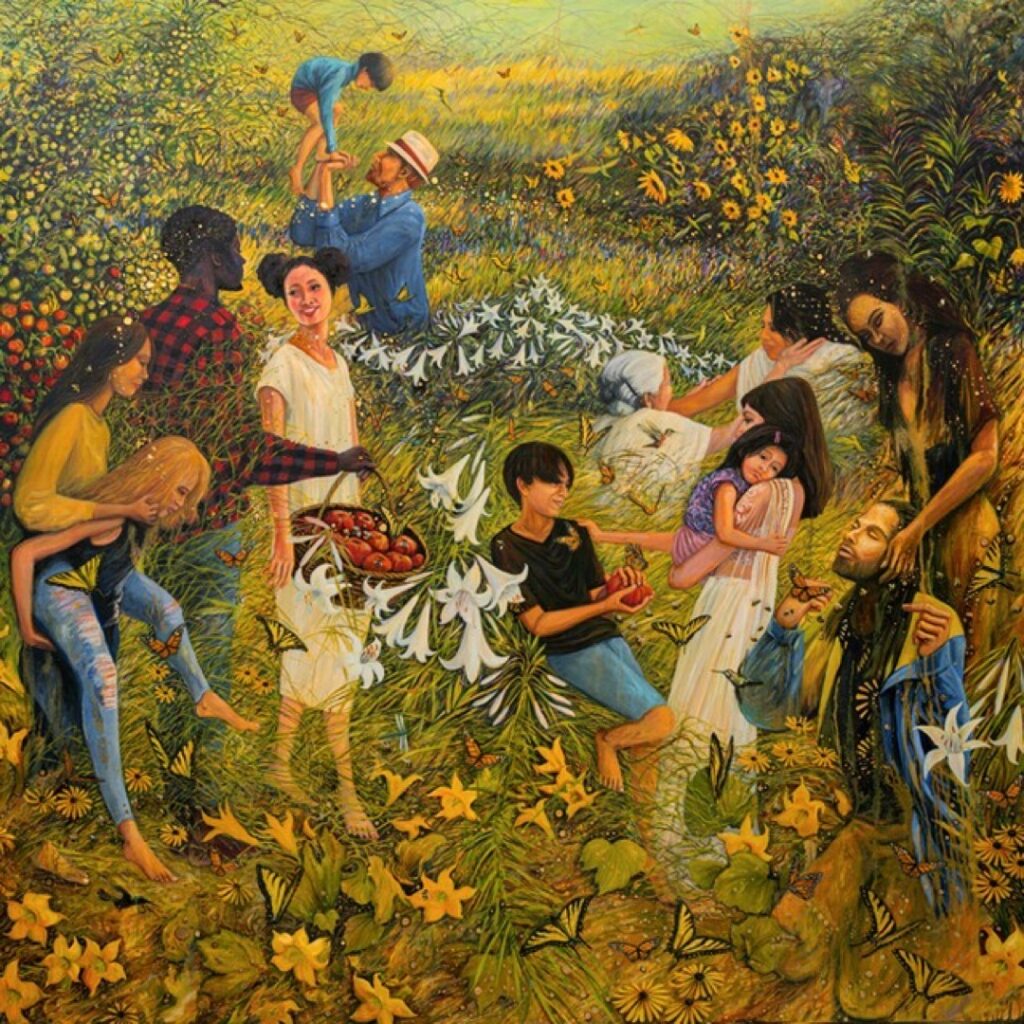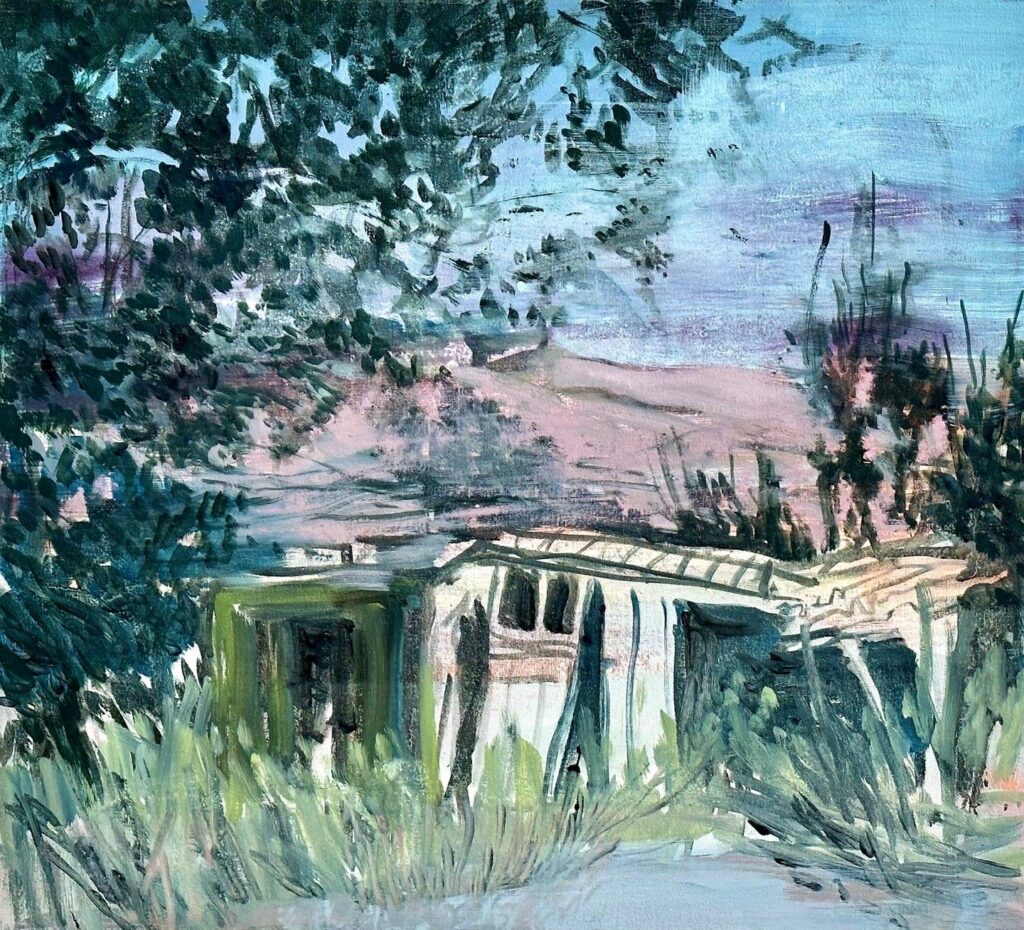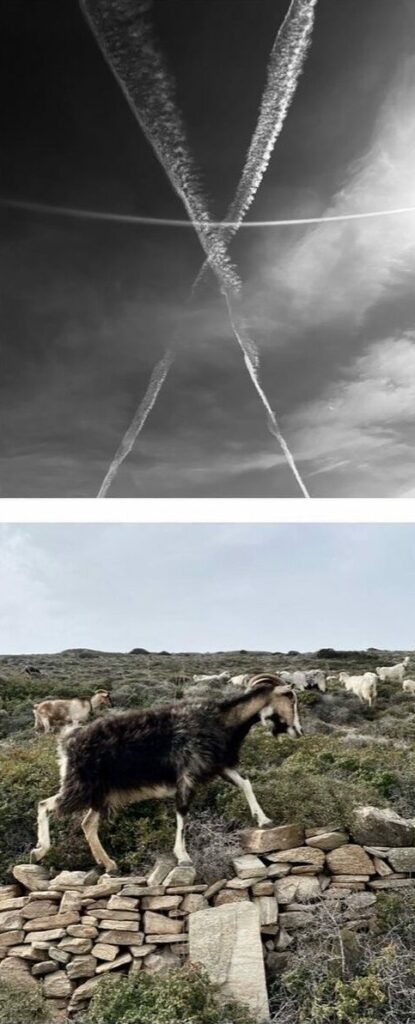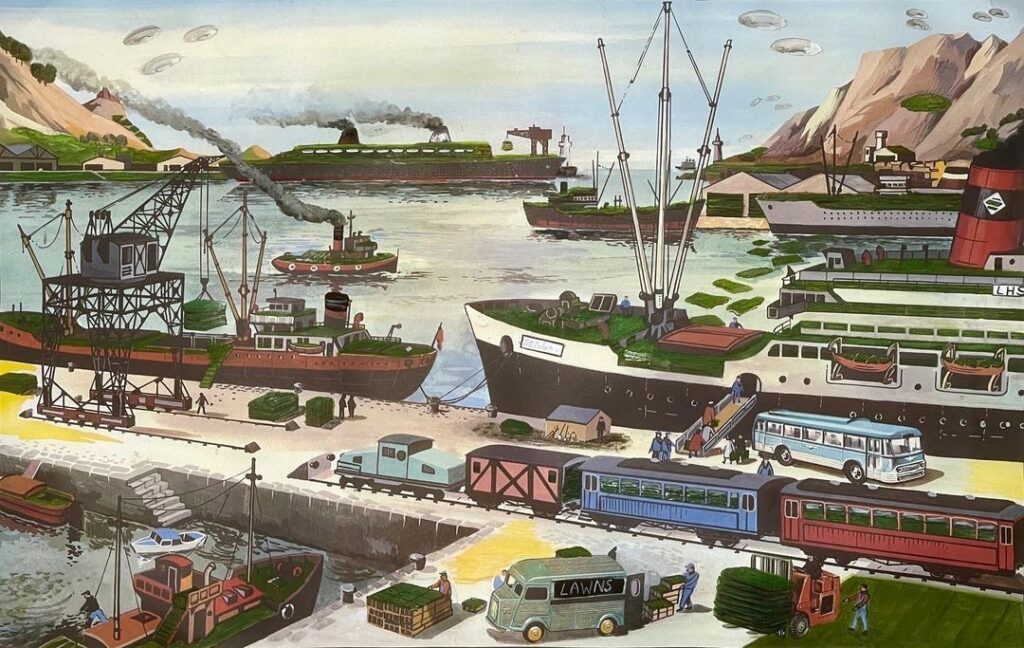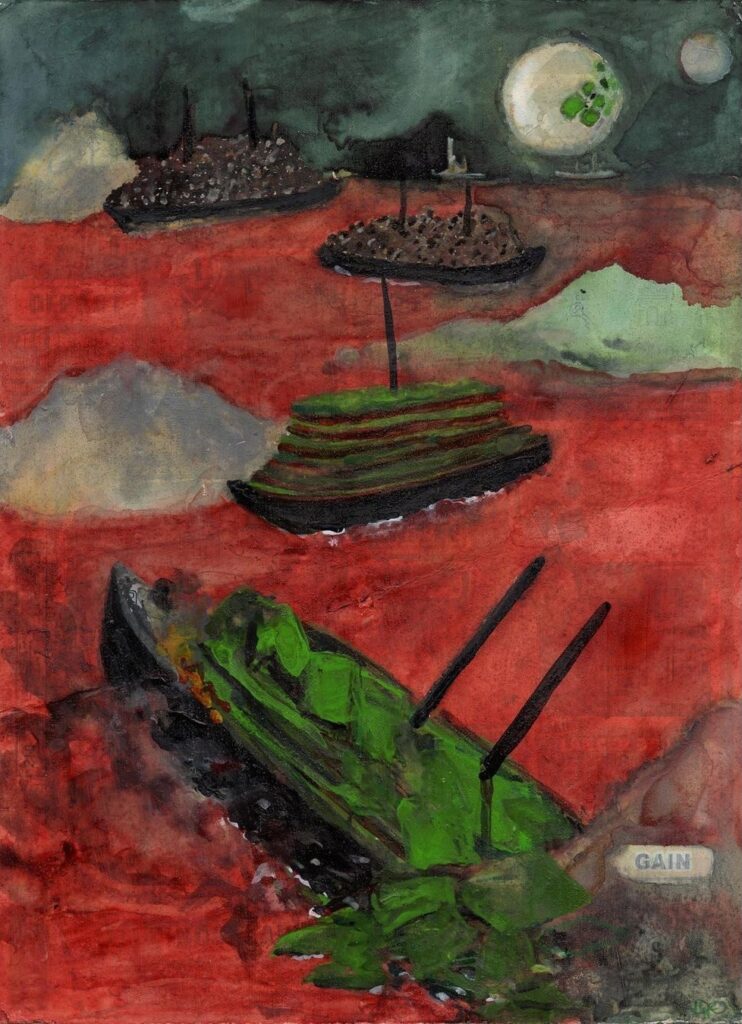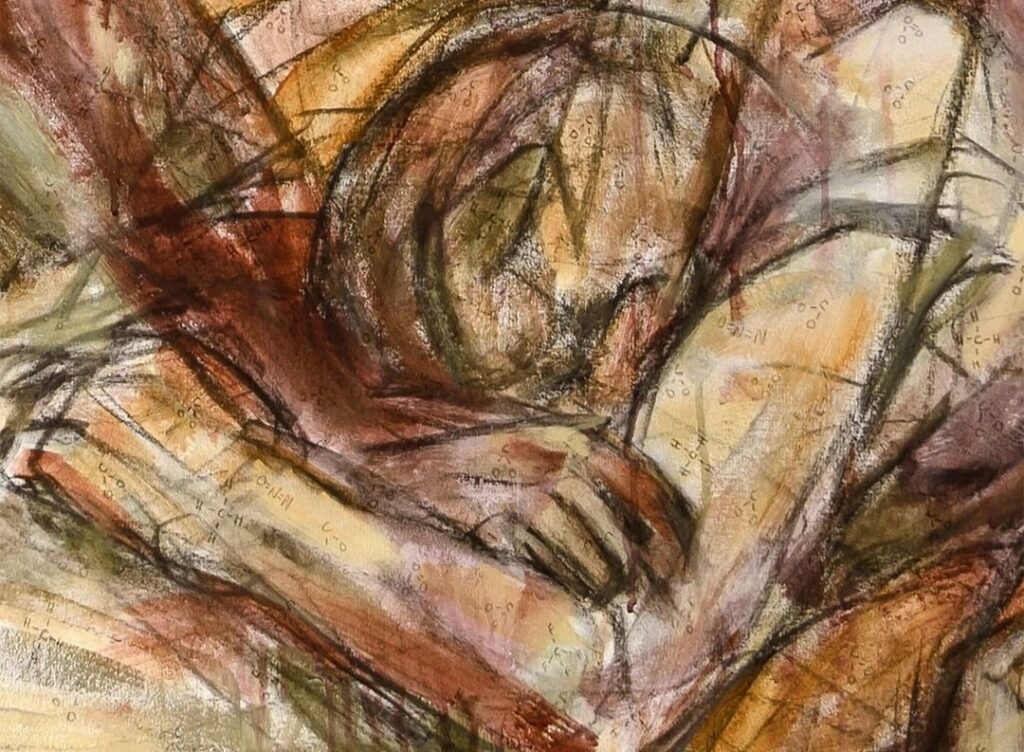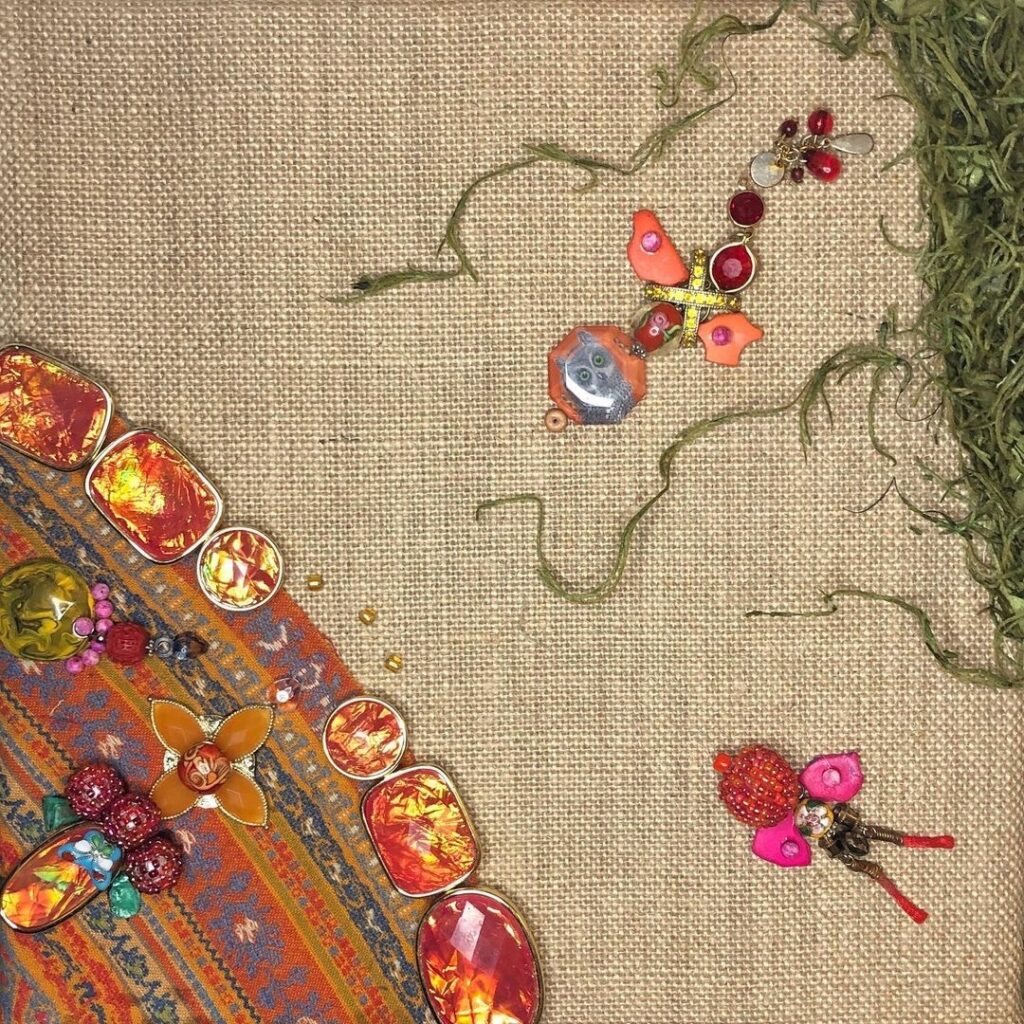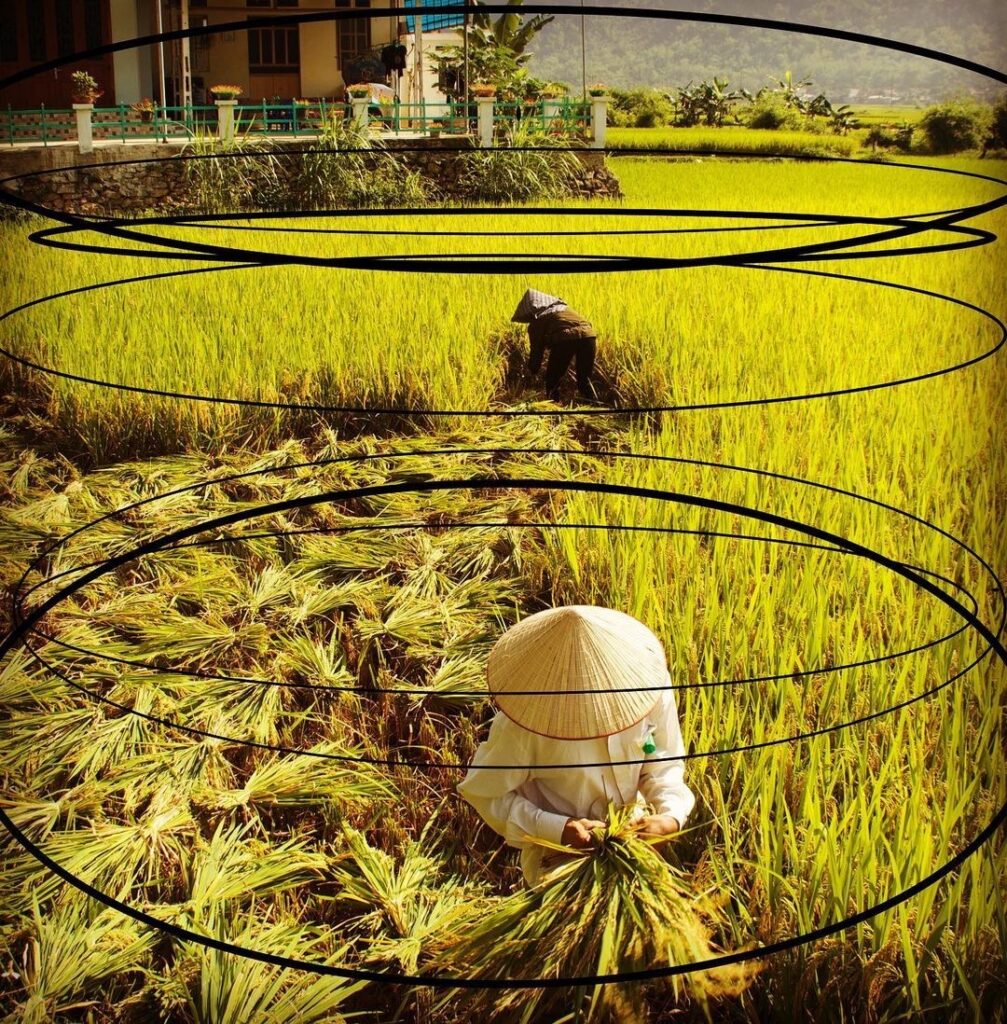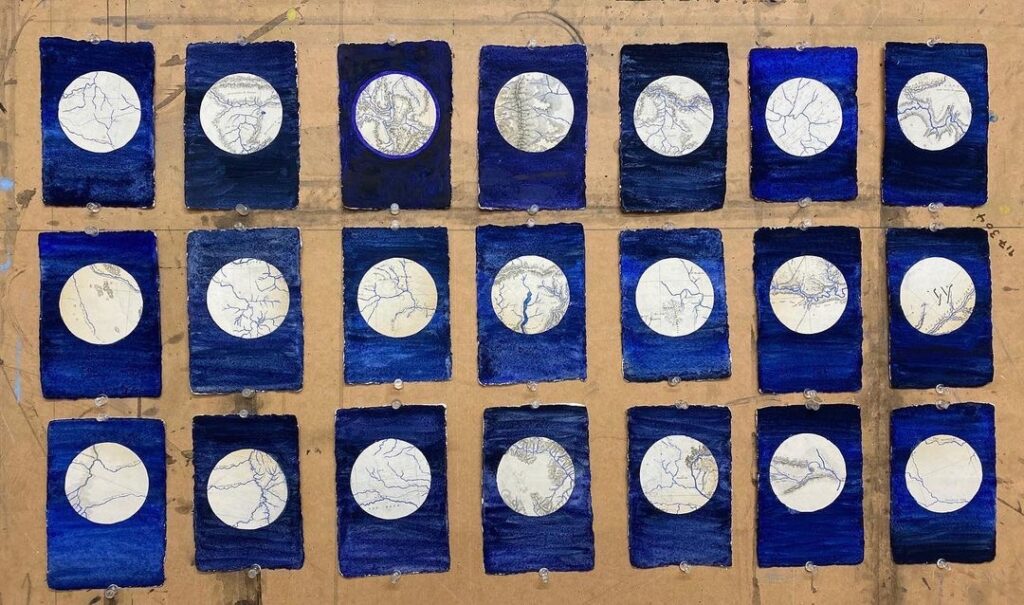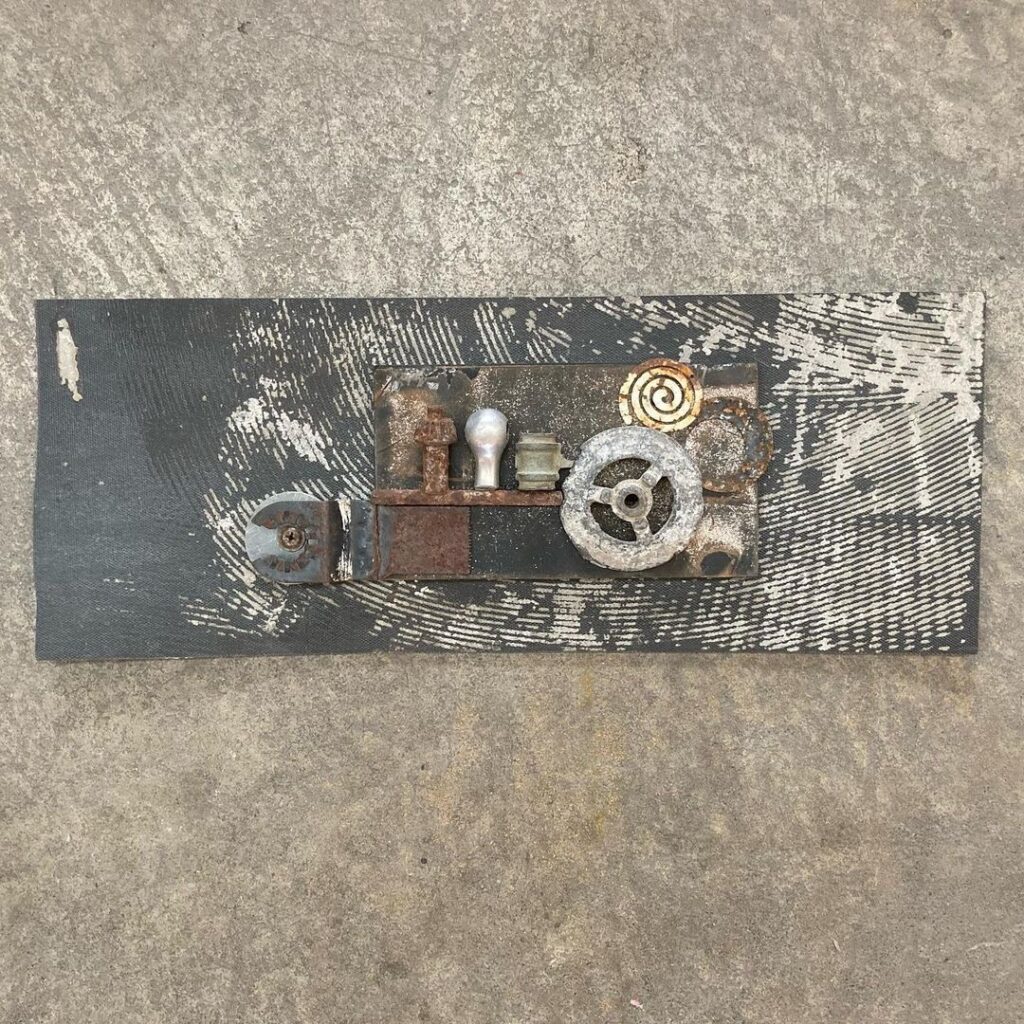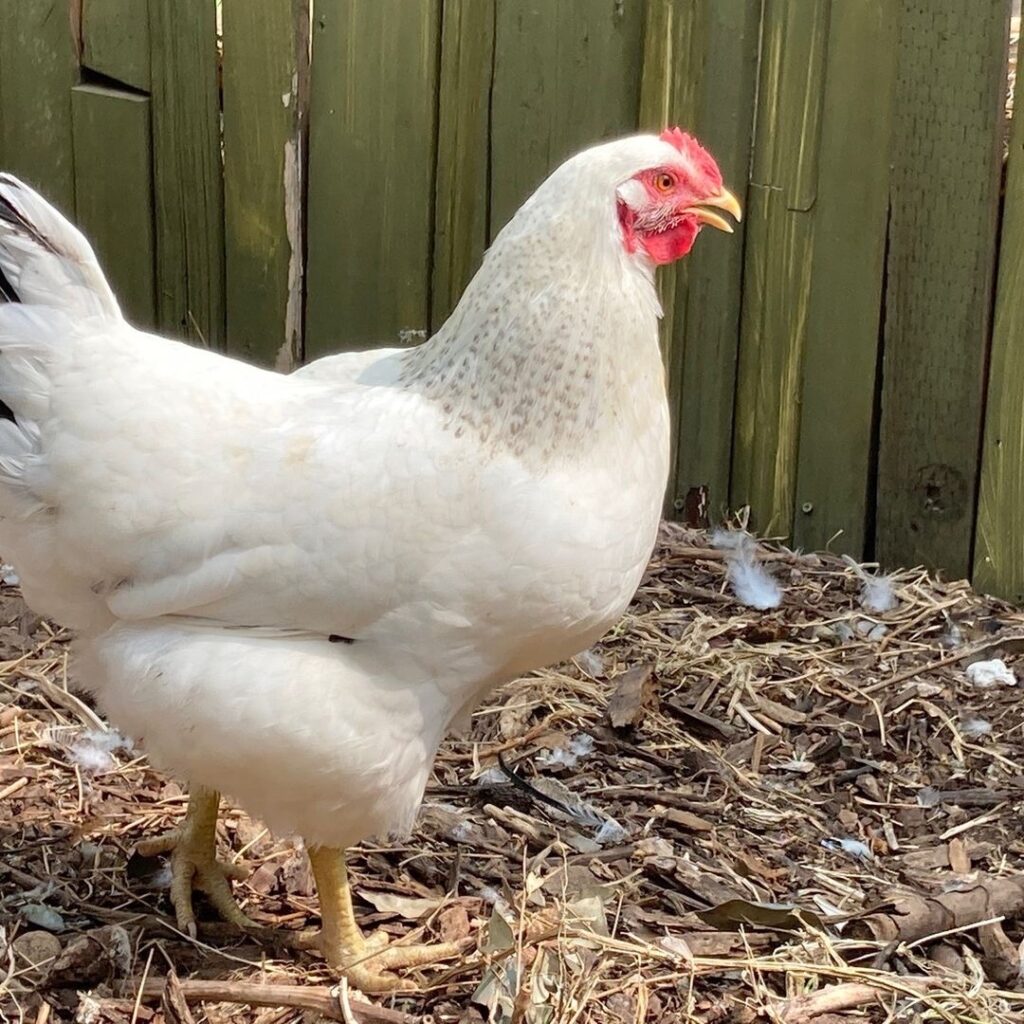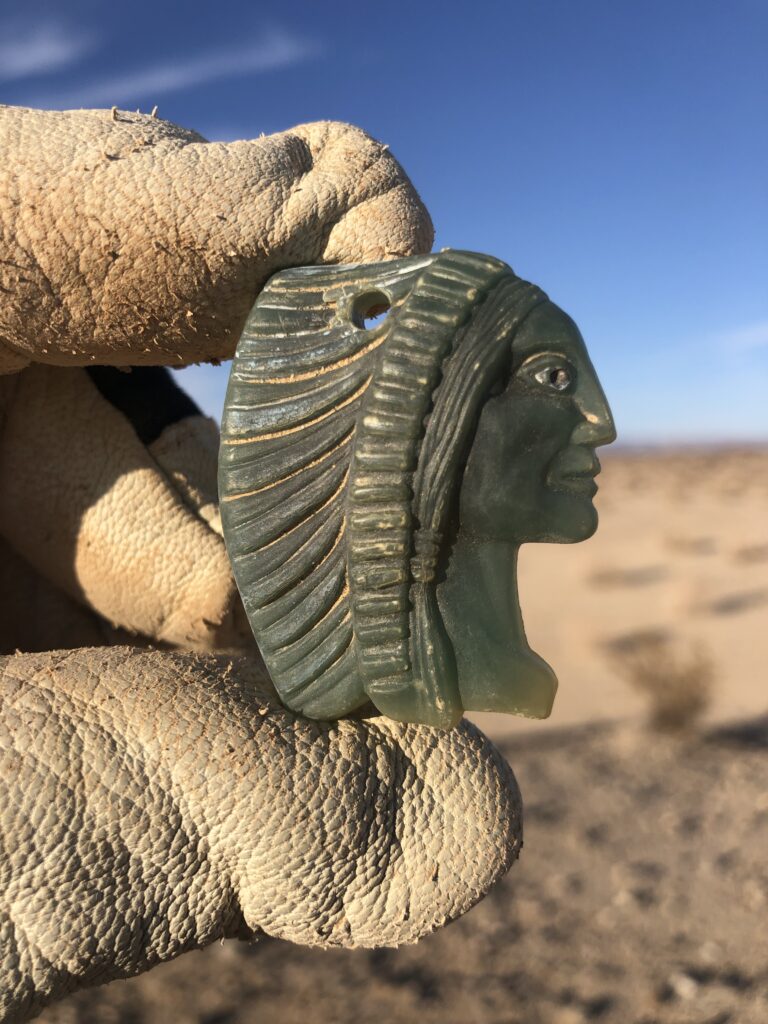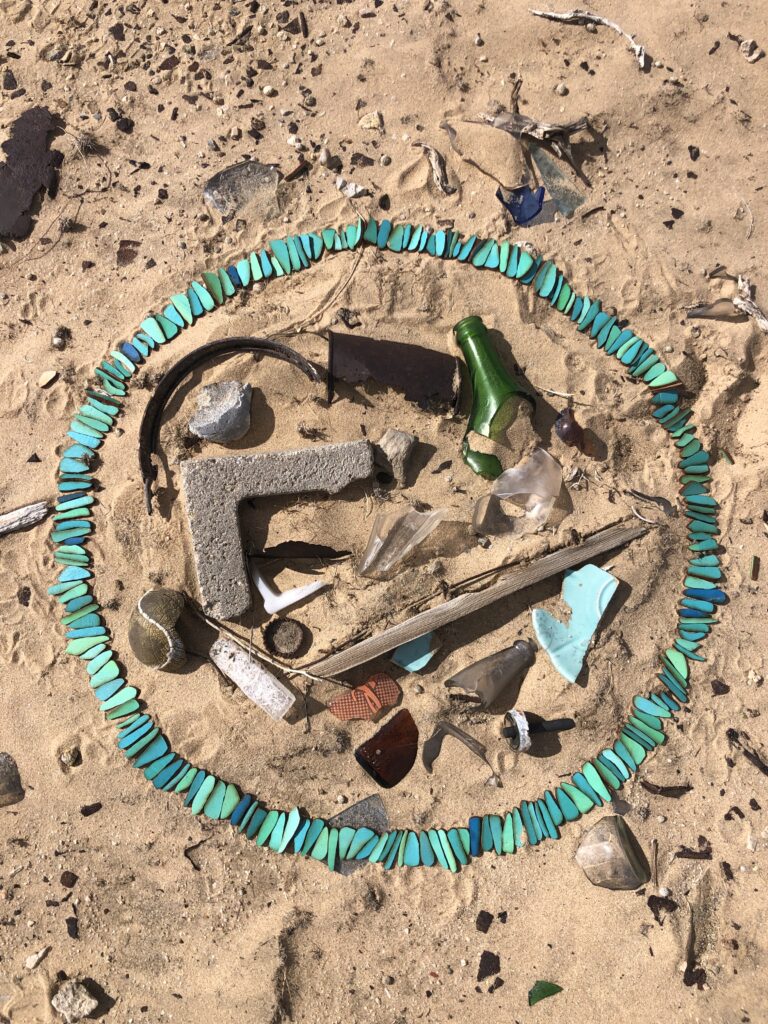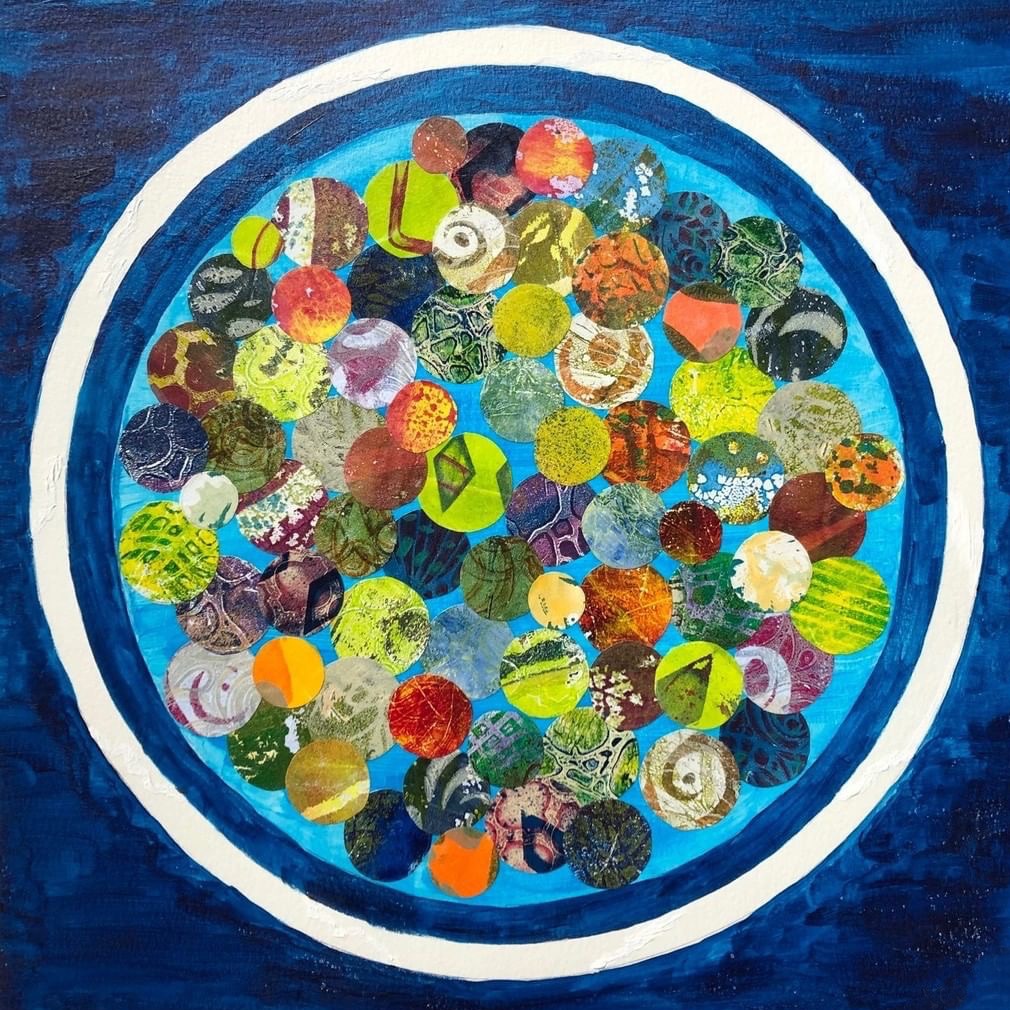This is the 15th What’s Next for Earth online exhibition based on Think Resilience,
a free online course written by Richard Heinberg and produced by the Post Carbon Institute.
“Globalization is largely about the relentless pursuit of economic efficiency. And while there are benefits to efficiency (increasing profits, minimizing waste), as an economic strategy it has serious costs to community resilience. Wealthier countries lose jobs for higher-paid wage laborers, as well as the skill base and the infrastructure to produce goods and equipment. The offshoring of manufacturing to poorer nations reduces domestic pollution but increases pollution in the exporting nations (which often have less stringent regulations). Economic inequality increases, both within nations and between nations. And as regions specialize, there is an overall loss of local diversity in jobs.”
– Richard Heinberg
